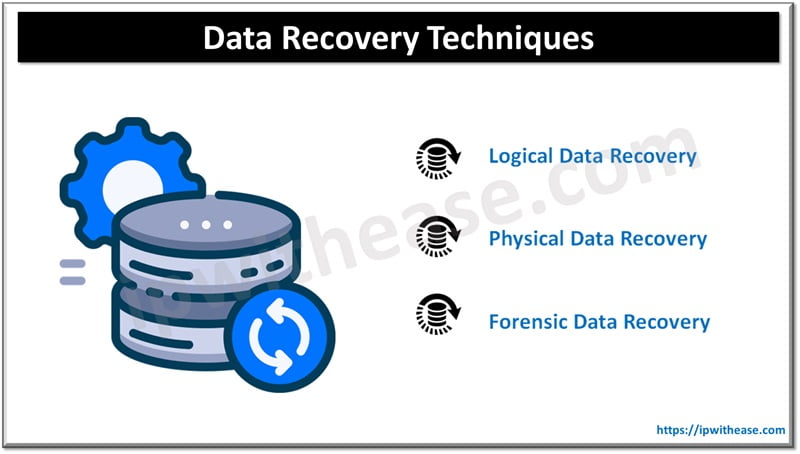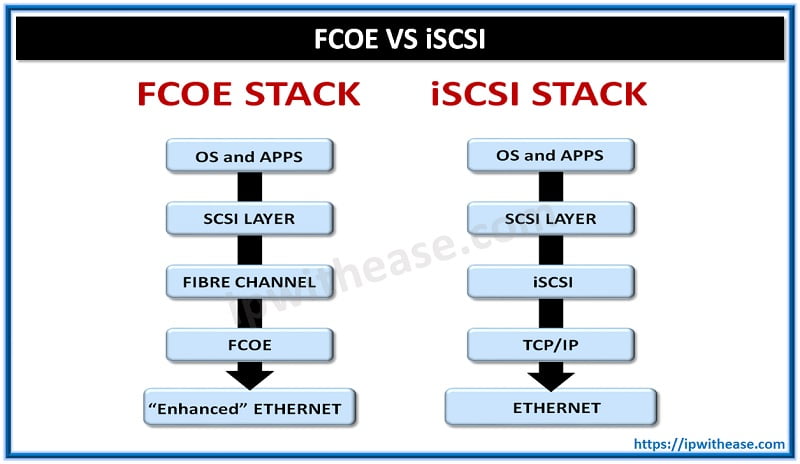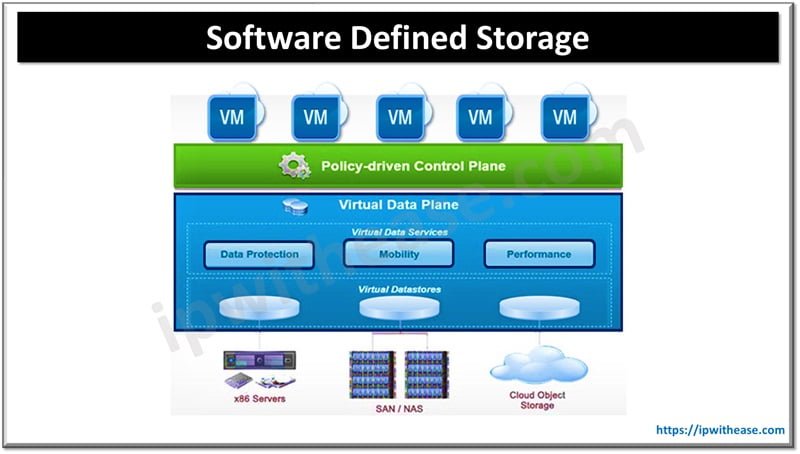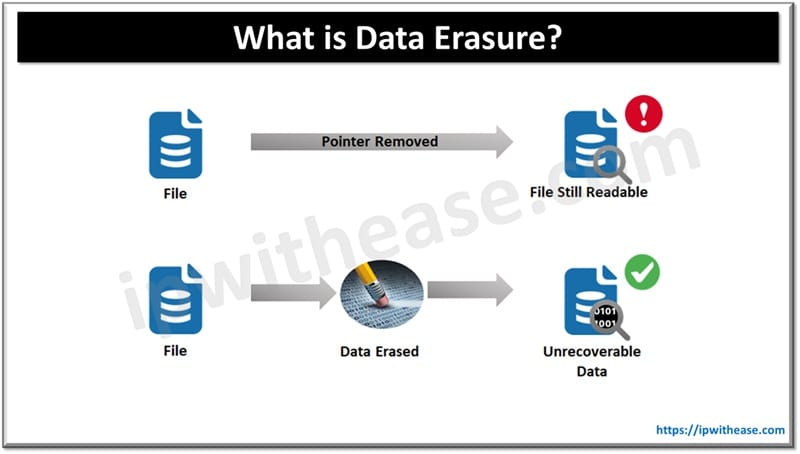Table of Contents
In today’s digital era, data is one of the most valuable assets for individuals and businesses. However, data loss can occur for various reasons, including hardware failure, software corruption, human error, or cyber-attacks. When data is lost, it can lead to significant disruptions and financial losses. Therefore, understanding the most effective methods for recovering lost data is crucial. This article explores different data recovery techniques, including software-based solutions, professional services, and preventative measures to minimize data loss.

Understanding Data Recovery Techniques
Data recovery includes recovery of inaccessible, lost, damaged, or formatted data from various storage devices. The complexity of emergency data recovery may vary depending on the nature of the data loss and the type of storage device. Common data recovery methods include:
- Logical Data Recovery: This technique addresses non-physical issues such as corrupted files, accidental deletion, or software errors. It involves using specialized software to scan and recover lost data.
- Physical Data Recovery: This method is used when the storage device is physically damaged, such as a broken hard drive or SSD. It often requires the expertise of professionals who can repair or replace damaged components to retrieve the data.
- Forensic Data Recovery: Forensic Data Recovery techniques are employed in cyber-attacks or intentional data destruction cases. This method involves analyzing and recovering data while maintaining its integrity for legal purposes.

Software-Based Data Recovery Solutions
Software-based data recovery solutions are widely used for their convenience and cost-effectiveness. These tools can handle a variety of data loss scenarios and are suitable for individuals and businesses. Key features of effective data recovery software include:
- User-Friendly Interface: Good data recovery software should have an intuitive interface that makes it easy for users to navigate and perform recovery tasks without technical expertise.
- Comprehensive Scanning: The software should offer quick, deep scanning options. Quick scans can identify recently deleted files, while deep scans can locate fragmented or corrupted data.
- File Preview: Previewing recoverable data before restoring files helps users ensure they are retrieving the correct information.
- Compatibility: The software should be compatible with various file systems (e.g., NTFS, FAT32, exFAT) and storage devices (e.g., HDDs, SSDs, USB drives).
Popular software-based data recovery tools include EaseUS Data Recovery Wizard, Recuva, and Stellar Data Recovery. These tools can recover data lost due to accidental deletion, formatting, virus attacks, etc.
Using Professional Data Recovery Services
Professional data recovery services are often the best option when data loss occurs due to severe physical damage or complex software issues. These services offer advanced techniques and specialized equipment to recover data that standard software solutions cannot.
- One of the primary benefits of professional data recovery services is the expertise and experience of the specialists. These professionals have extensive knowledge in handling various data loss scenarios, increasing the chances of successful recovery.
- They often have access to clean room facilities, which are essential for working on physically damaged storage devices to prevent further harm during recovery. For instance, when dealing with critical situations like server data recovery, these controlled environments play a crucial role in safely repairing and retrieving lost data.
- Professional services also offer customized solutions tailored to the client’s specific needs, whether for personal data, business-critical information, or forensic purposes.
- Reputable data recovery companies prioritize data security and confidentiality, ensuring that sensitive information remains protected throughout the recovery process.
While professional data recovery services can be more expensive than software solutions, their higher success rate and ability to handle complex cases make them invaluable for severe data loss situations.
Preventative Measures to Minimize Data Loss
Prevention is always better than cure; this principle also applies to data loss. Implementing preventative measures can significantly reduce the risk of data loss and minimize the impact if it occurs. Key preventative strategies include:
- Regular Backups: Regularly backing up data to multiple locations, such as external drives and cloud storage, ensures that a copy of the data is always available in case of loss.
- Robust Security Measures: Strong security protocols, such as firewalls, antivirus software, and encryption, can protect data from cyber threats and unauthorized access.
- Proper Storage Device Maintenance: Regularly maintaining and monitoring storage devices can help identify potential issues before they lead to data loss. This includes checking for signs of wear and tear and performing disk health checks.
- User Education: Educating users on safe data handling practices, such as avoiding suspicious emails and regularly updating software, can prevent accidental data loss and cyber-attacks.
Conclusion
Data loss can be a daunting experience, but understanding the most effective methods for data recovery can alleviate the impact. Whether using software-based solutions, professional services, or implementing preventative measures, being prepared and knowledgeable is key to protecting valuable data. By adopting a proactive approach, individuals and businesses can ensure they are well-equipped to handle any data loss scenario, maintaining the integrity and availability of their digital assets.
ABOUT THE AUTHOR
IPwithease is aimed at sharing knowledge across varied domains like Network, Security, Virtualization, Software, Wireless, etc.



